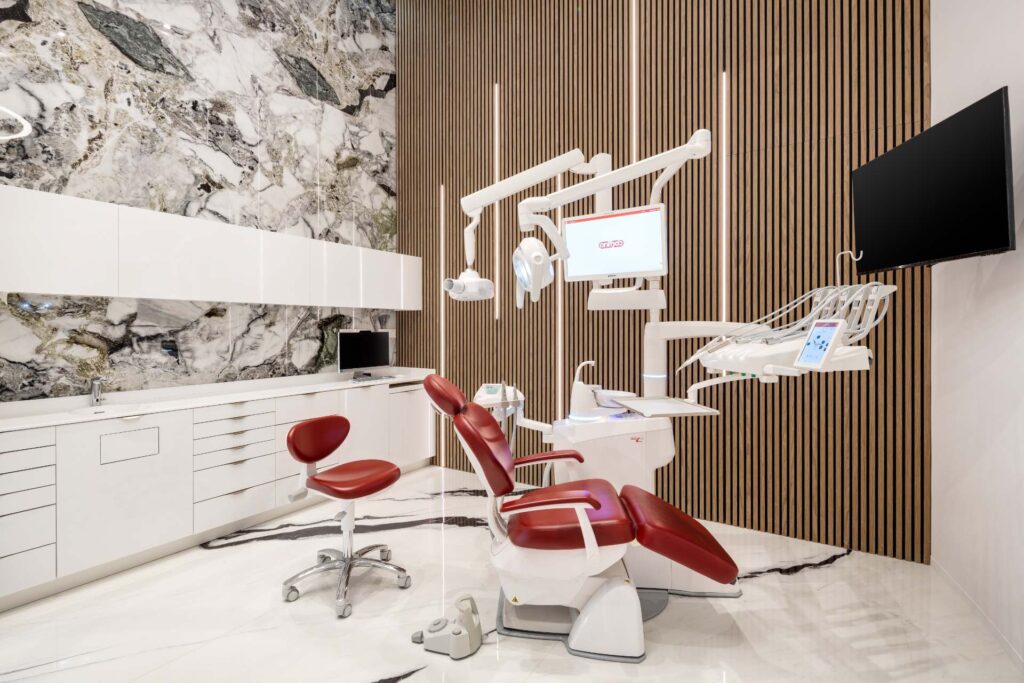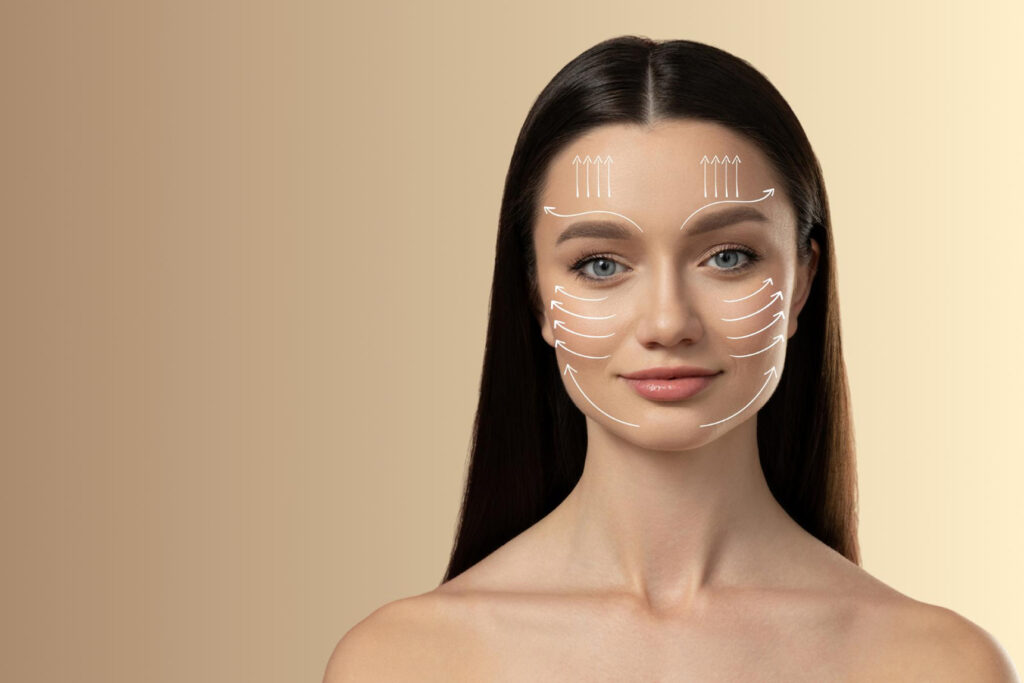Visiting a dentist in Spain is easier when you understand the words you’ll hear. This guide highlights the essentials, how to describe symptoms, follow treatments, and feel confident at your appointment.
You’ll find key phrases, a handy glossary, and bolded terms like Spanish dental terminology, Spanish dental vocabulary, and dental Spanish translation.
Why understanding Spanish dental terms matters
A quick overview of why language clarity helps you make informed decisions and feel at ease before, during, and after your appointment.
Bridging the language gap in Spanish dental clinics
Picture this: you sit down in the chair, and the dentist asks about your pain. If you can describe it clearly and follow the plan, everything runs smoother. Knowing even a short list from the Spanish dental glossary helps you feel in control. Basic Spanish dental words also give your dentist better information, which leads to more precise care.
How misunderstandings can affect treatment decisions
Mixing up terms can cause delays and confusion. “Empaste” isn’t “implante,” and “endodoncia” isn’t a cleaning. A small set of English to Spanish dental terms and good dental Spanish translation helps you ask the right questions and understand costs, timing, and recovery, real, usable dental terminology in Spain.
Basic dental terms in Spanish
Before we get into anatomy or procedures, here’s the everyday Spanish dentist vocabulary you’ll hear at reception and in the chair.
Dentista – Dentist
“Dentista” is the standard word for dentist (you might also hear “odontólogo” in more technical contexts within Spanish dental terminology).
Clínica dental – Dental clinic
This is the dental practice itself. Many offer hygiene, orthodontics, and implants under one roof, which you’ll see reflected across the Spanish dental glossary used on signs and forms.
Consulta dental – Dental appointment
“Consulta” or “cita dental” is your appointment. You can say “Quisiera pedir una cita” to book; handy for everyday dental Spanish translation.
Paciente – Patient
How the clinic will refer to you in records and forms.
Higiene bucal – Oral hygiene
Covers your daily routine, brushing, hilo dental (floss), and mouthwash, all central to long-term salud bucodental (oral health).
Salud bucodental – Oral health
Umbrella term for prevention, diagnosis, and treatment, common across the dental terminology in Spain.
Cepillado – Brushing
Aim for two to three times a day with gentle technique.
Hilo dental – Dental floss
Important for the spaces your brush can’t reach. If your gums bleed, ask for tips on technique.
Enjuague bucal – Mouthwash
To keep the conversation going naturally, the next section looks at anatomy, since many treatment explanations refer back to parts of the tooth.
Tooth anatomy vocabulary
Understanding the basics makes it easier to follow what your dentist explains, especially when treatments involve specific layers or structures—terms you’ll hear within the Spanish dental vocabulary.
Diente – Tooth
General term for tooth; “muelas” are the back teeth.
Muela / Molar – Molar
Do most of the chewing and can be more prone to cavities due to deeper grooves.
Incisivo – Incisor
Front teeth—important for speech and appearance.
Canino / Colmillo – Canine
Sturdy root and a guiding role in your bite.
Premolar – Premolar
Between incisors and molars; they take on chewing forces and often anchor restorations.
Encía – Gum
Healthy gums don’t bleed. If they do, it’s worth scheduling a quick consulta dental.
Raíz – Root
Anchors the tooth to the bone; central in endodoncia (root canal) and extracción (extraction).
Corona – Crown
Visible part of the tooth; also the name of the protective cap: “corona dental.”
Esmalte – Enamel
Hard outer layer that can wear down with acid or grinding.
Pulpa – Pulp
Soft tissue with nerves and vessels; inflammation here can trigger sharp sensitivity to temperature.
Nervio – Nerve
Colloquial term people often use for the pulp; commonly mentioned when pain is intense.
Caries – Cavity / Tooth decay
Bacterial damage to tooth tissue, usually treated with an empaste (filling) or a reconstrucción dental (restoration).
With anatomy in place, it’s much easier to talk about procedures. Here’s what you’re most likely to hear at the clinic.
Common dental procedures
A brief guide to the treatments you’ll see on estimates and hear in explanations; the everyday core of dental terminology in Spain.
Limpieza dental – Dental cleaning
Removes plaque and tartar. Many people benefit from a session every 6–12 months to support higiene bucal.
Empaste – Filling
Restores areas affected by caries. Composite materials match the tooth color and are common in Spain.
Reconstrucción dental – Dental restoration
Used when more tooth structure is lost; may require a post and a corona dental for strength.
Endodoncia – Root canal treatment
When the pulpa is affected, the canal is cleaned and sealed. The aim is to relieve pain and save the tooth.
Extracción – Extraction / Tooth removal
Considered when a tooth can’t be saved. Follow aftercare closely for a smooth recovery.
Implante dental – Dental implant
A titanium post that replaces the raíz and supports a crown; often a stable solution after the pérdida de un diente.
Corona dental – Crown
A protective “cap” that restores function and appearance after large fractures or deep decay.
Puente dental – Bridge
Replaces one or more missing teeth by anchoring to neighboring teeth or implants.
Prótesis dental – Denture / Prosthesis
Removable or fixed devices that restore chewing and your smile.
Ortodoncia – Orthodontics
Aligns teeth and improves the bite; using brackets or clear aligners.
Blanqueamiento dental – Teeth whitening
Lightens the shade of enamel; often planned after a limpieza dental.
Radiografía dental / Ortopantomografía – Dental X-ray / Panoramic X-ray
Imaging that supports diagnosis, from hidden cavities to planning an implante dental.
Now that you know the names of treatments, describing what you feel becomes much simpler. The next section focuses on the words you need to explain pain and symptoms clearly.
Describing pain and symptoms
Clarity helps the dentist focus the diagnosis. These phrases, used in everyday dental Spanish translation, make that conversation quicker and more accurate.
Dolor de muelas – Toothache
Describe when it starts, how strong it is, and what triggers it (cold, chewing, lying down).
Encías inflamadas – Swollen gums
May signal gingivitis or tartar under the gumline.
Sangrado de encías – Bleeding gums
A warning sign for salud bucodental; don’t ignore it.
Sensibilidad dental – Tooth sensitivity
A brief pain to temperature changes. Ask about desensitizing toothpaste.
Mal aliento – Bad breath
Often improves with better higiene bucal and gum treatment.
Infección dental – Dental infection
Look out for swelling, pain, and fever; seek prompt care.
Absceso – Abscess
A pocket of pus that sometimes needs drainage and antibiotics.
Flemón – Gum swelling
Noticeable swelling; avoid self-medicating and book a visit.
Pérdida de un diente – Tooth loss
Discuss your options: implante dental, puente dental, or prótesis dental.
From symptoms and treatments, many visits also involve paperwork or logistics. These terms help you handle that part without stress.
Administrative and practical vocabulary
Reception, billing, and consent are part of the visit too. This short Spanish dental glossary covers what you’ll hear at the front desk and on documents.
Cita / Pedir cita – Appointment / To book an appointment
You can say: “Quisiera pedir una cita para una revisión.” Useful at any clínica dental.
Presupuesto – Treatment estimate
Ask for a written estimate to compare options clearly.
Consentimiento informado – Informed consent
Explains the benefits, risks, and alternatives—read it calmly and ask questions.
Historia clínica – Medical history
Fill it in with detail; it helps your dentist tailor your care safely.
Factura – Invoice / Bill
If you’ll request a refund from your seguro dental, ask for an invoice with your details.
Seguro dental – Dental insurance
Check what’s included and whether copays apply.
Cobertura – Coverage
A simple question works: “¿Esto entra en mi cobertura?”
Pago – Payment
Most clinics accept card and offer staged payments; feel free to ask.
Primera visita / Revisión – First visit / Check-up
A good moment to align expectations, discuss priorities, and plan next steps—your gateway into useful Spanish dentist vocabulary.
Confidence at the dentist in Spain with City Clinic Marbella
If you prefer a team used to working with international patients, City Clinic Marbella can help. They keep explanations clear, use dental Spanish for foreigners when needed, and support you with dental Spanish translation and English to Spanish dental terms in conversation and documents. You’ll receive a transparent estimate, clear informed consent, and the time you need to ask questions. If you’re looking for a dental clinic where Spanish dental terminology doesn’t get in the way, this is a straightforward option.
A few words in Spanish can transform your experience at the dentist. Keep this glossary close, refer to the bolded terms for quick recall, and remember, clear language and calm conversation are part of good care.




